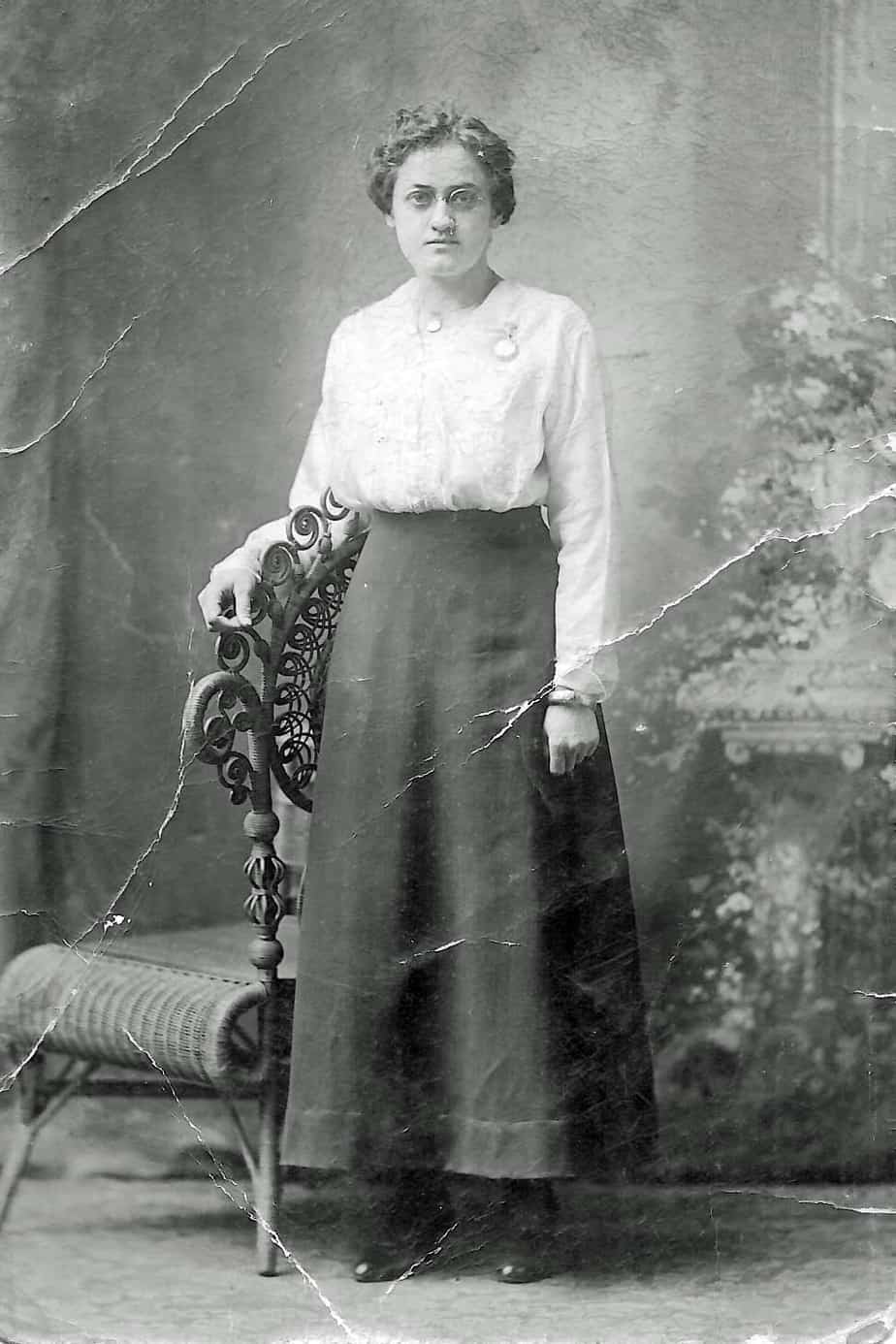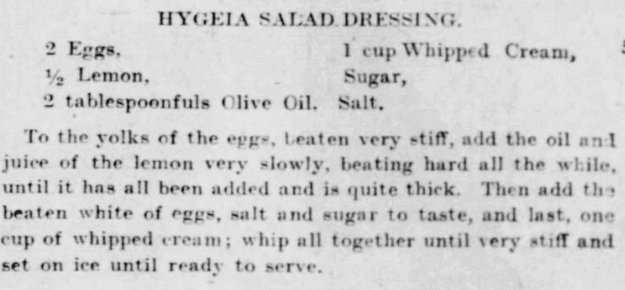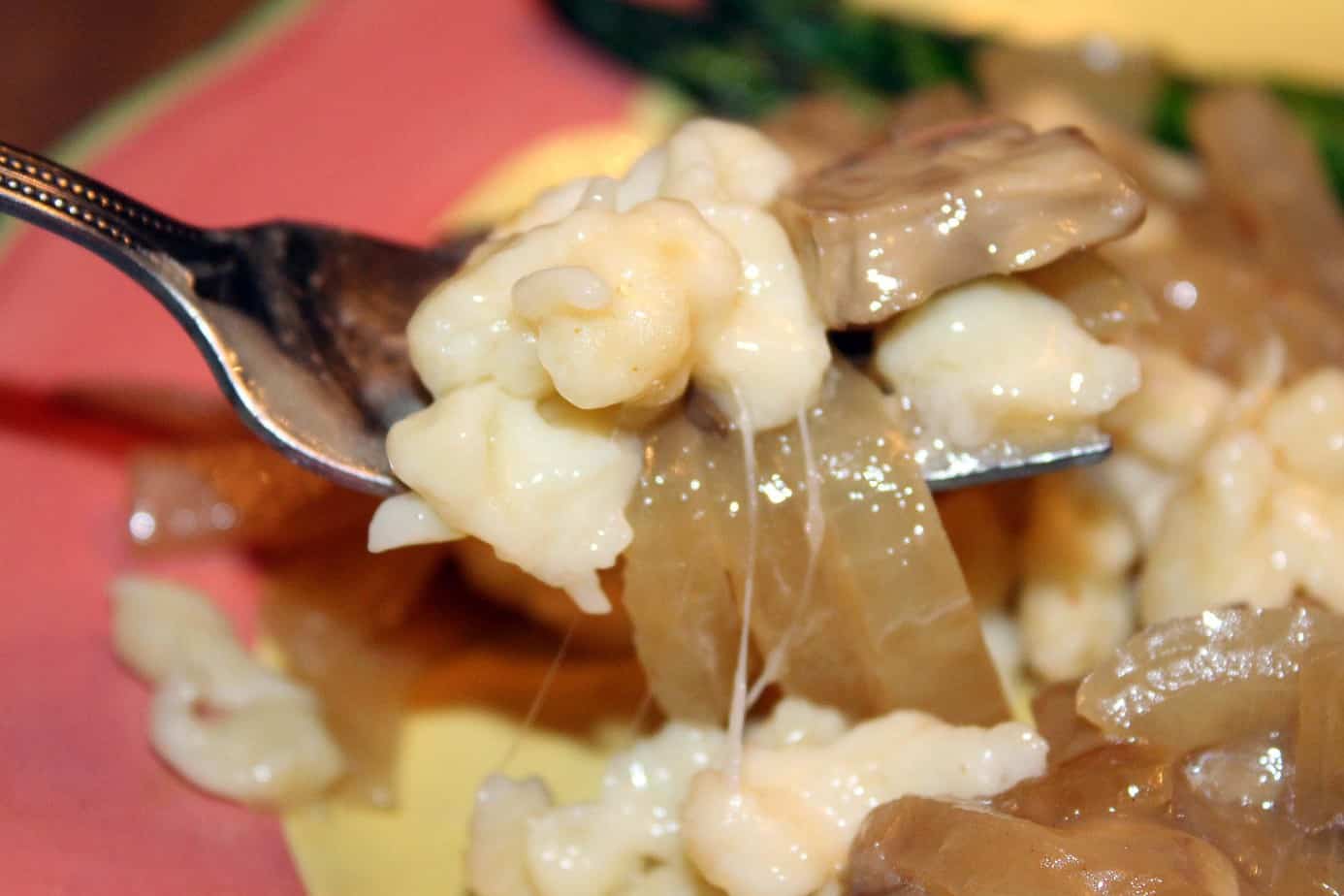4 Lessons from WWII Food Rations We Can Use Today
My grandparents married in March of 1940. In December the following year, when the USA entered into WWII, they had a 10-week old baby. WWII food rations began in the USA just over a month later. My grandma spent the first several years as a young mother trying to navigate the many restrictions placed on Americans in order to supply our soldiers with food. My grandpa was one of those soldiers.
As we approach Pearl Harbor Remembrance Day in what has turned out to be an incredibly difficult year, I can’t help but ponder how we can use lessons our grandmothers learned over 80 years ago in today’s kitchen.
WWII Food Rations
Much like thoughts of this pandemic sent people into stockpiling things like toilet paper, thoughts of food shortages during WWI sent people into panic buying at the end of 1941.
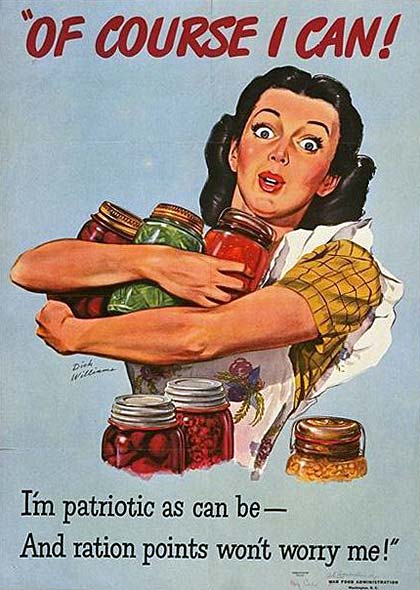
In an effort to control hoarding behavior, the Office of Price Administration capped prices and instituted rationing.
Sugar Rations
In January 1942, sugar was the first food to be rationed. We could have 2 pounds per person per month. Now, I’ve had the same 5-pound bag of sugar in my pantry for well over 2 months, so was this really an issue? Yes… because we baked our own breads, cookies, cakes, and other desserts, let alone other ways we used it then. The ration was about half of the average use at the time.
Fresh fruits and some vegetable were used as a substitute so desserts like carrot cake became popular. Once butter was added to the ration list, desserts became even more challenging.
Meat and Butter Rations
Meat and butter (including margarine and shortening) were added to the rations list in March 1943. No longer could moms place large beautiful roasts on the Sunday dinner table. Americans 12 and older could have 2.5 pounds of meat per week.
People, including my grandma, began raising chickens in their backyards. Many hunted or fished for additional meat, which certainly happened in my family.
Uncle Sam pushed us to eat offal – livers, hearts, and other spare parts. This took a lot of convincing, but propaganda and cooking classes led the way and we eventually learned to like various parts, adding them to our diets.
“Meatless Tuesdays” was one of the many messages pushed out to America, encouraging us to eat less meat by going without completely one day each week.
We saved bacon fat to use in savory dishes. If you saved enough to take back to your butcher, you would receive a few pennies and extra meat rations.

Really economical homemakers would whip lesser rationed lard with salt and water to get it to a “butter” consistency. Twelve pounds per year of fat is all we could have. That’s not really all that much – think about how much butter, margarine, oil, lard, and bacon grease you go through in a month. Let alone a year.
Victory Gardens
Along with raising chickens, anyone who could grew their own vegetable gardens in order to stretch those rations a bit more. These home gardens were named “Victory Gardens” because the effort put forth to growing our own food would help lead our boys to victory.
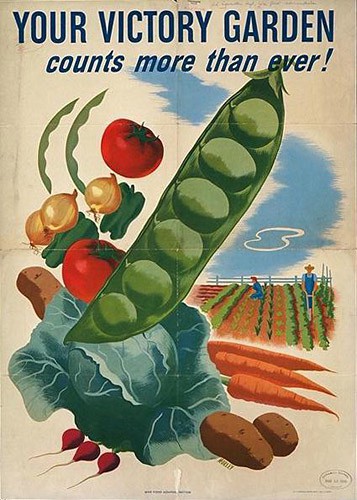
Families who chose to preserve vegetables by canning them could have up to 20 pounds extra sugar. They had to go through a hefty proposal process to receive the additional sugar.
Lessons from WWII Food Rations
WWII food rations went well beyond these items and it went on for nearly two years after the war ended, too. While my grandparents lived by many of these rules before the war, they certainly lived by them long after the war ended.
We’re not in a rationing situation now, but grocery stores are limiting many items to one or two per person per trip – like toilet paper!
So what are the takeaways?
- Grow Your Own: My grandpa always had a garden and he provided for his children and later his children’s families (like me and my cousins). We always had tomatoes, peppers, squash, lettuce, cucumbers, and sometimes cabbage. I can’t grow anything – I didn’t get the green thumb! But I have fond memories of helping him. If you’re like me, make an effort to buy from your local growers. It’s the next best thing to doing it yourself.
- Hunt and Fish: Clearly not everyone can do this, but buying less popular cuts or going without on Meatless Mondays is a good rule to live by right now. All of the men in my family hunt and fish and have since long before WWII. However, this became more important during my grandparent’s life together. To this day, there is always venison and catfish in my freezer along with an occasional rabbit, squirrel, and quail. Did I mention I live in the rural midwest?
- Save the Bacon!: I keep bacon fat and cook with lard. I keep the bacon fat in a mason jar in the refrigerator – not in a coffee tin next to the stove like Grandma did. It actually can go bad if you don’t use it fast enough. I buy lard in big tubs from a local butcher and it will last nearly a year. Why? I don’t like wasting the bacon fat and both make things taste better. They aren’t most healthy, so moderation is key.
- Home Canning: It doesn’t take much to learn basic canning principles. Starting with jams or jellies and pickles is safe and simple. Then you can work your way to more difficult things. If you grow your own, canning is a great skill to have. Canning days at my grandma’s were extra special!
I think the most important lesson is how to use items you wouldn’t normally. Not to mention being a little creative when you need to be. How are you getting creative in the kitchen during the pandemic?

